Emily Best is the CEO & Founder of Seed&Spark, a place where creators, audiences and organizations work together to tell stories that celebrate diverse voices and foster vibrant conversation. Seed&Spark started with a group of independent creators after the challenges and lessons of Best producing Emily’s first feature film, Like the Water. The Seed&Spark team has developed a best-in-industry crowdfunding platform that retains the storytelling focus and key features that contributed to Like the Water’s success. And it worked: Seed&Spark’s crowdfunding platform has the highest campaign success rate in the world and is the foundation of a broader creative platform that supports creator sustainability and increases representation in all stages of storytelling — from audience building and funding all the way through many channels of high-impact distribution.
NEXUS HQ interviewed Emily to learn more about what inspired her to start her company, how to demonstrate leadership in the film and creative industry, and growing the awareness and reach of the brand.
Learn more about Seed&Spark here: https://www.seedandspark.com/
Follow on social media: @seedandspark @emilybest
Tell us about your company. What’s your ‘why’ and how did it come to be?
I never meant to be in the movie business; I had a really circuitous route to creative storytelling. In short, I had done a lot of creative things but never really understood that it could be a full-time job. I started running restaurants at a really young age – I had 96 employees when I was 24, and took restaurants from the red to the black through training programs for staff that I designed. In 2008 I moved to NY to help my dad launch his own company in scenarios to strategy planning, and was waiting tables as a side gig at one of the greatest NYC dining gems that’s no longer there – a women-run restaurant called Annisa. And because I was waiting tables in NYC, all my new friends were actors, and it was only a matter of time before I got into the theater scene. And in a MASSIVE stroke of luck, the first play I ever auditioned to be in I booked.
It was this huge devised piece about the Iraq war that had like 45 cast members, and the production was run really badly. It didn’t take long before I asked to step in on some of the organizational pieces, and that’s how I discovered this job called producing. I started two theater companies (as you do in New York), and the summer of 2010, I co-produced a site-specific run of a Nordic feminist play called Hedda Gabler in a borrowed mansion in the East Village. It was amazing. The lead actress was an up and coming star – and during the run of the show she was spending her nights playing one of the greatest roles written for women, while during the day she was being asked to audition for films almost exclusively in the role of “hot friend, hot girlfriend.” It was the first time I realized that the image of women that cinema was offering was incredibly narrow – always in service of the male lead. So we decided we were going to make a movie.
I learned everything it would take to make a movie, and along the way I saw that every single piece of the business was set up to thwart new voices and new formats of storytelling. While making my first movie, I learned about the way financing is set up all the way through distribution and it made me realize that not only were the decision makers really biased and pretty clueless about any audiences that didn’t look like them, the creators were always going to be last in line to recoup their deep investment in the work.
This was 2011 – the year that the internet promised to disintermediate all media – and we had to figure out how to leverage that.
We set up our own successful crowdfunding campaign which we built on a little WordPress website similar to a wedding registry and listed every individual item we needed from the camera to grip rentals, sunscreen, bug spray, etc. We sent it to everyone we knew raised $23,000 in cash along with hundreds of thousands of dollars in loans and gifts of locations and goods and services because we had engaged our audience’s imagination.
That sparked the idea of entrepreneurship because I saw how people responded and how they started to imagine what it would take to make this film and other ways they might contribute. This format became the wireframe platform to help other artists take the same approach. Back then I had a really terrible name for it – The Independent Media Wishlist (barf) – but those crappy wireframes became the backbone of Seed&Spark.
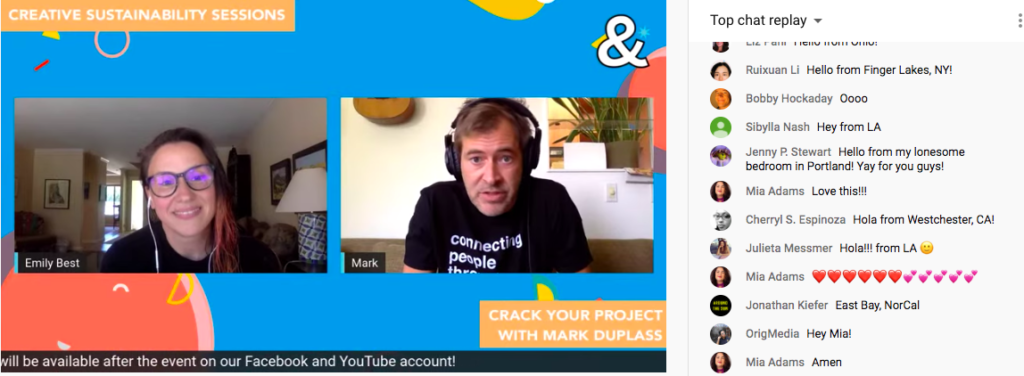
And advisor of mine encourages me to take that crappy wireframe to Sundance and talk to anyone who would listen, so I racked up some credit card debt to get there. The filmmakers that I talked to there told me all about the challenges they faced in funding, sure, but the bigger challenge was distribution, not just getting distribution but ever having a hope of recoupment. And when I asked about data – well, filmmakers were barely thinking back then that they could ever hope to get their audience data. (It would turn out that not even the distributors knew how to get it, either, which is why it was so easy for Netflix to eat everyone’s lunch.) So rather than just launched a funding platform, Seed&Spark was born as an ecosystemic solution to allow creators to make and monetize work that moves the culture forward.
Now, I managed to raise $265,000 over the course of about 9 months in order to launch the platform, and when we launched, the tech barely worked. So we knew we were going to have to build our business one creator at a time. We developed a workshop called Crowdfunding to Build Independence that was meant to really help creators understand how to leverage crowdfunding as a tool to building long-term career sustainability. And in fall of 2014, I got in my car in LA and drove across the country and back, teaching 35 workshops in 65 days along with my co-founder and colleague. What we learned is that crowdfunding as it had been built by the dominant platforms was really built with a coastal mentality in mind and it assumed you had a network with money that was familiar with the concept of art patronage. In many places across the country, creators faced very different challenges that those in New York or LA: their communities are under-resourced, there isn’t a culture of giving to the arts, there’s not a lot of infrastructural support for creativity, and no one is coming through town on a regular basis offering world-class educational tools and access to networks needed to uplift new creative voices.
At the end of the cross-country journey, we went back and rebuilt the website with those folks in mind and we took a really sharp focus on equity and inclusion, the structural pieces that made it harder for marginalized folks to raise money and how to build out their own new networks. That workshop tour became a national education program. Before COVID we were teaching about 120 live workshops a year in 50 cities with more than 700 organizational partners (arts organizations, universities, non-profits). Now we’re hosting workshops not just on crowdfunding, but distribution and pitching, as well as weekly Lunch&Learns that give practical and actional tools for storytellers of all kinds. And we recently launched our Creative Sustainability Sessions – these are influential storytellers sharing their expertise not as a bolster for productivity but for creativity. Among them, Mark Duplass, Erika Alexander and John Ridley are bringing rich creative experiences to communities everywhere through these virtual sessions.
Over the years we have learned so, so much from our community. Primarily that they’re not just interested in making creative work but in using that work to move the culture forward. What we’ve evolved into at Seed&Spark is a community development platform disguised as an entertainment studio. Fundamentally we believe that artists are one of the greatest vectors for distributing resources and power back to their communities.
If artists can build sustainable careers where they are. They can create jobs where they are, they build visibility for their communities where they are, they draw resources to where they are and they keep those voters where they are. If you have the tools to build what you want right where you’re from – to move the culture forward in your community – you don’t have to drain to the coasts. So that’s really been the goal of the platform from the beginning.
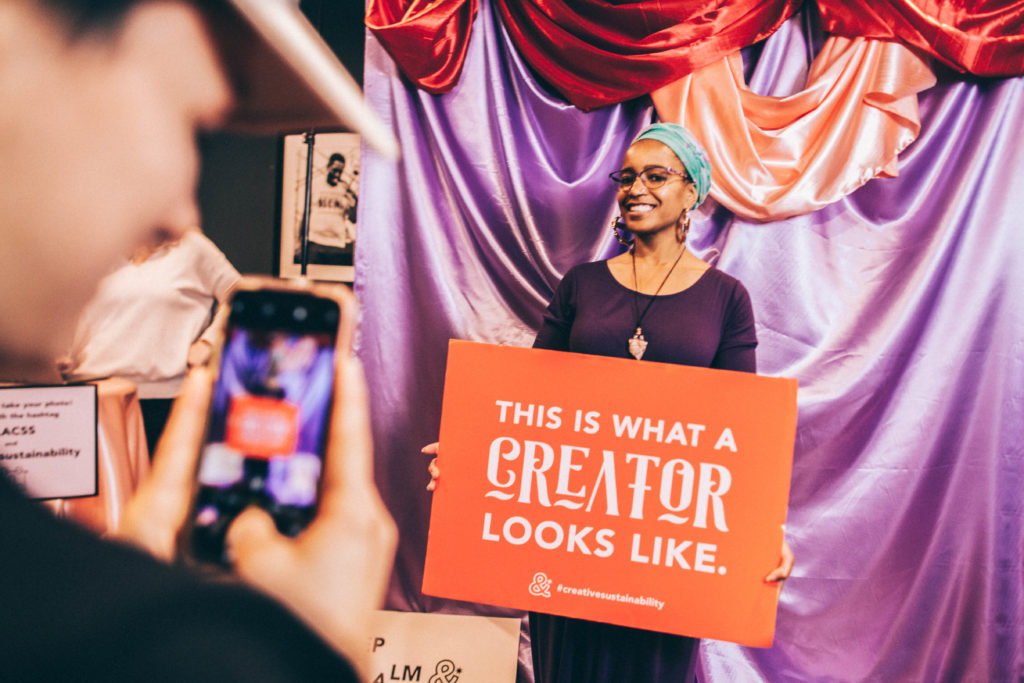
What is the origin story of the Seed&Spark name?
I wish I had a really sexy story for this. Eric Iverson, a friend of mine, knew a lot about developing branding and suggested that I write down what I thought this “thing” – this business idea- was about. For me it’s the organic nature of a network, how creativity can plant a seed that grows into something entirely new, and how it could ignite ideas and actions in people and communities. He encouraged me to just brainstorm a bunch of names and not judge them. And then he came back with his own list. Once I saw the lists side by side I could absolutely judge that everything I had thought of was objectively terrible.
He had two names on his list – one with the word Seed and the other with the word Spark and we put them together and to be honest it just felt right. Then we sent it around to everyone we knew and they loved it, so it stuck.
Also, if we ever need to pivot into the marijuana business or into childcare, we can keep the name.
How would you describe your company to a six-year-old?
We help artists tell stories that inspire people to take positive actions.
Given the current state of affairs, how has Seed&Spark responded to, or been impacted, by COVID-19?
60% of our business was in live events. We had a national education program that taught 120 live workshops in 50 cities a year, our distribution models for filmmakers were primarily predicated on community screening events, and our tagline is connecting people through stories that matter. Like, we lost everything overnight, in a manner of speaking.
And it’s a struggle because I fundamentally don’t believe you build actual connection through technology; you build connection and community by face to face, person to person interactions. However, it is vitally important to me that we salvage the ability for creators to build sustainable careers and for their voices to be heard. Because the worst thing that could happen now is that the voices of the most marginalized are drowned out by those who are faring better in a bad environment. One of the parts of our ecosystem that was most immediately affected were local and regional film festivals and independent theaters. So we immediately got to work building and launching an online festival portal – which will go live with three incredible film festivals on June 4th with dozens more to come. And in order to bring visibility and excitement to the festivals and the creators whose work is shown in them, we assembled a roster of celebrities who are hosting virtual Q&As as a part of these virtual festivals. In order to make this possible, we had to lobby our industry to relax some long-standing rules that had previously prevented festivals from going online with the 2020 Film Festival Survival Pledge, now taken by almost 250 organizations nationwide.
As I mentioned before, we pivoted our education programs to virtual events and we’ve increased participation in our events by more than 50%.
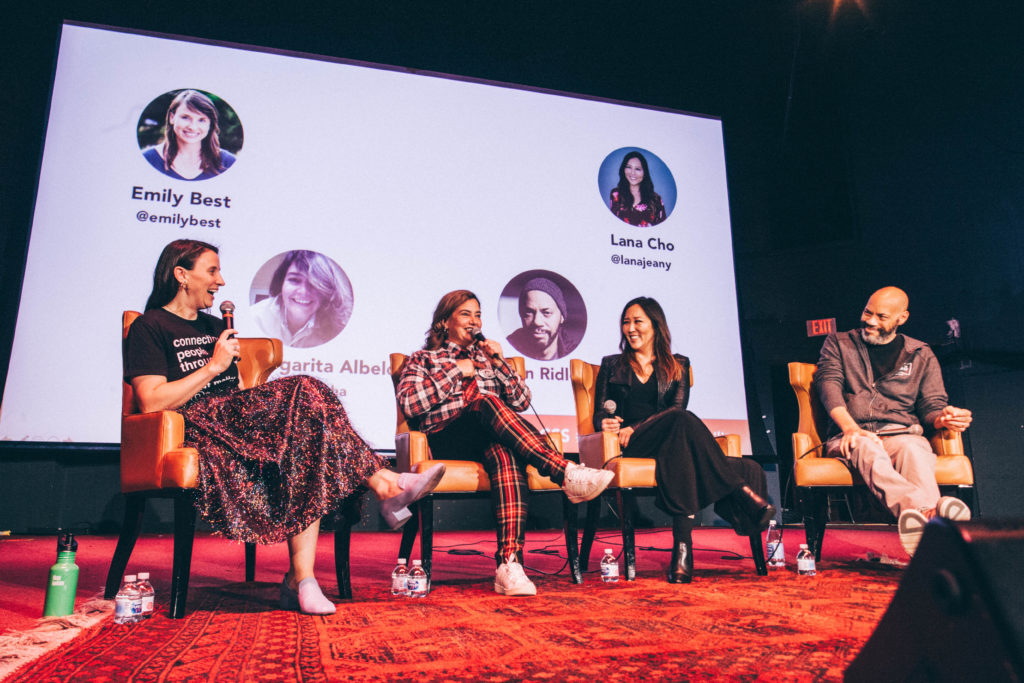
What’s one thing that is helping you adjust to the new normal? A work from home hack?
I can’t say that I feel adjusted or that this feels normal. I will say, if I’m finding any homeostasis, it’s in blocking off an hour each day where I go make lunch for my family. My husband is a personal trainer so he lost all of his work pretty much overnight and is now really with the kids full time. We left Los Angeles as it didn’t feel right to shelter in place there anyway.
So I push away from my computer at noon, and I make lunch for my family and I sit with my family then we go play outside for a little while. I have this entire hour break where I really deeply switch gears – and I’ve never done that before – and it helps me come back so energized for the afternoon.
Also, I’m cooking and baking a lot like everybody else.
Share a little more about Seed&Spark vision and what you feel is its greatest impact on the world.
We’ve helped more than 2000 stories come to life. The majority of that is through crowdfunding but there are a lot of creators who come and take our workshops who say to us “I was ready to give up and I came to one of your workshops and now I know what I need to do next!”
The real like powerful economic impact which is that more than $26 million have been raised for those 2100 or so projects and 80% of that revenue goes to pay wages to the creators who work on those projects. That means we’ve generated about about 180,000 paid workdays in 400+ cities. So when we talk about our impact, we’re talking about community development and bringing real resources which is the game changing stuff.
Back when we were doing live workshops (Oh, how I miss them!), a woman who drove three and a half hours from Charlotte, NC came up to me and said, “I’ve been a lawyer and working on everybody else’s deals and I have my own stories to tell. Now I’m ready based on what I learned here!” During that same workshop I met an amazing man in his 60s who had been a Director of Development for various HBCUs for his entire career. He said, “I came here because I raised my children and I raise money for everybody else and it’s time for me to start focusing on myself!”
I’m happy that Seed&Spark is igniting the capacity for storytelling for people all over the country, all ages and backgrounds. Our creators are making work that has the ability to connect people in ways we can’t even fully appreciate or measure because we’ll never see them and it doesn’t matter, it’s gonna to impact that community so tremendously.
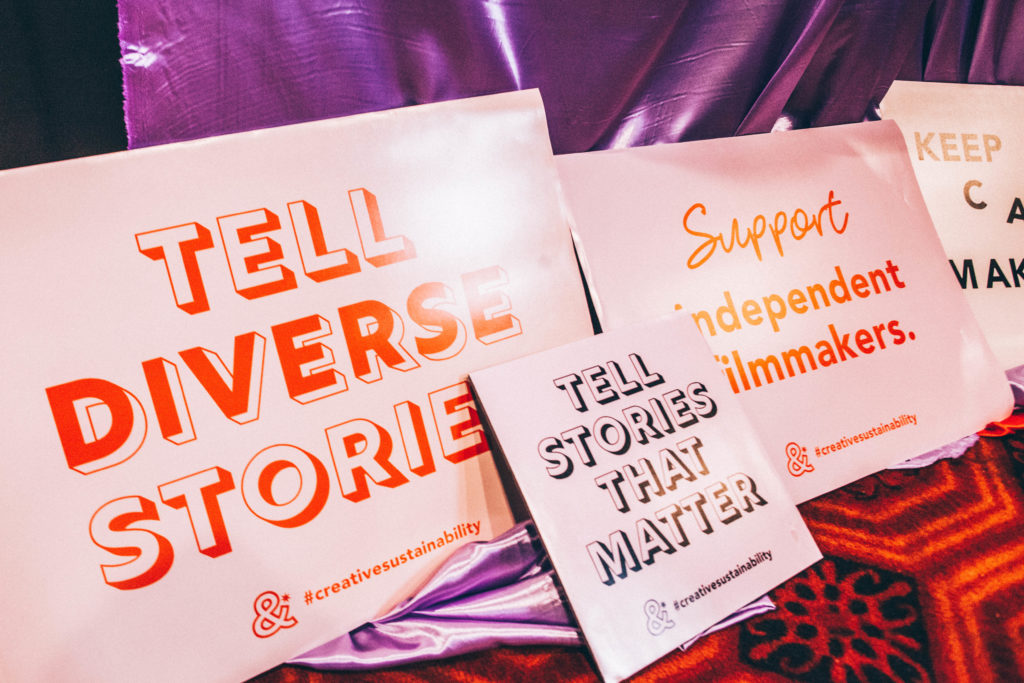
What are some of Seed&Spark’s core values?
Empathy, Community, Integrity, Creative Energy, Belonging. Our values are at the forefront of everything we do (and on our website here. )
What accomplishment are you most proud of to date?
The team I built. They are the heart and soul of the company, their ideas and energy are the reason we’re still thriving.
Where is the biggest area of support needed for Seed&Spark?
We could really use help spreading awareness of what we are doing. We have made meaningful strides in equity and inclusion across race, gender, sexual orientation, ability, class, and geography while Hollywood has made at best incremental gains, and our work impacts communities across the country. Our free national education program for creators has led to hundreds of thousands of paid work days in more than 400 cities. And yet we struggle to gather awareness in mainstream media for the impact of our creators’ work.
What is your favorite NEXUS memory?
I brought my 7 month old to my first ever Nexus US Summit in 2017 – and felt really welcome.
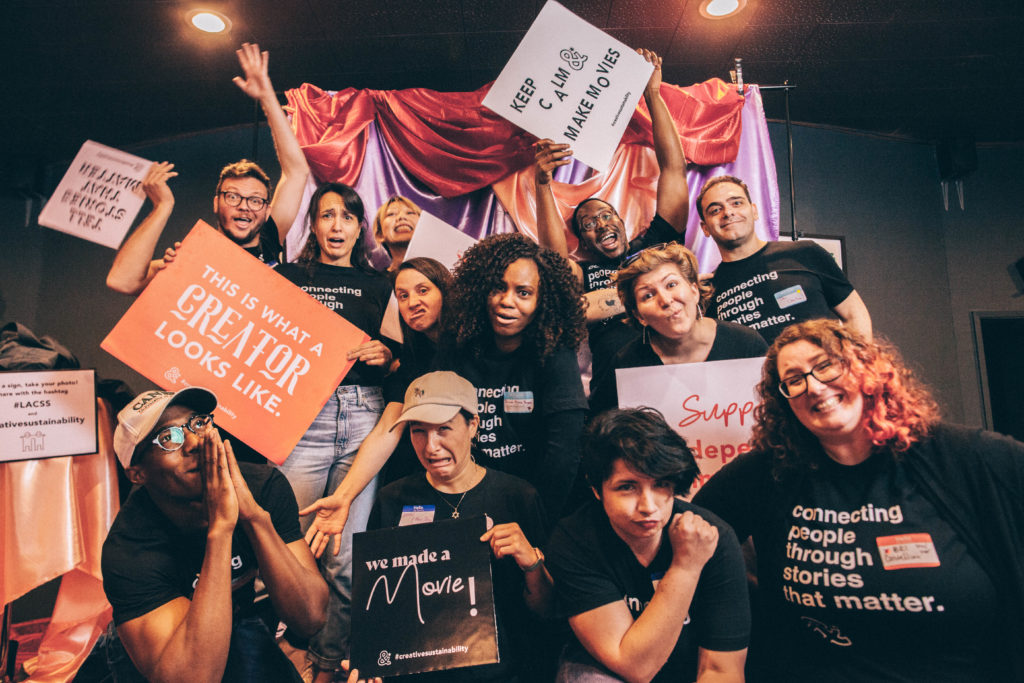
Who is your dream connection or person you want to meet?
Gabby Union
What celebrity would play you in the biopic of Seed&Spark?
Zooey Deschanel because I hope it is a musical.
What show are you currently binge-watching when you aren’t busy running Seed&Spark?
Whatever my toddlers are watching.
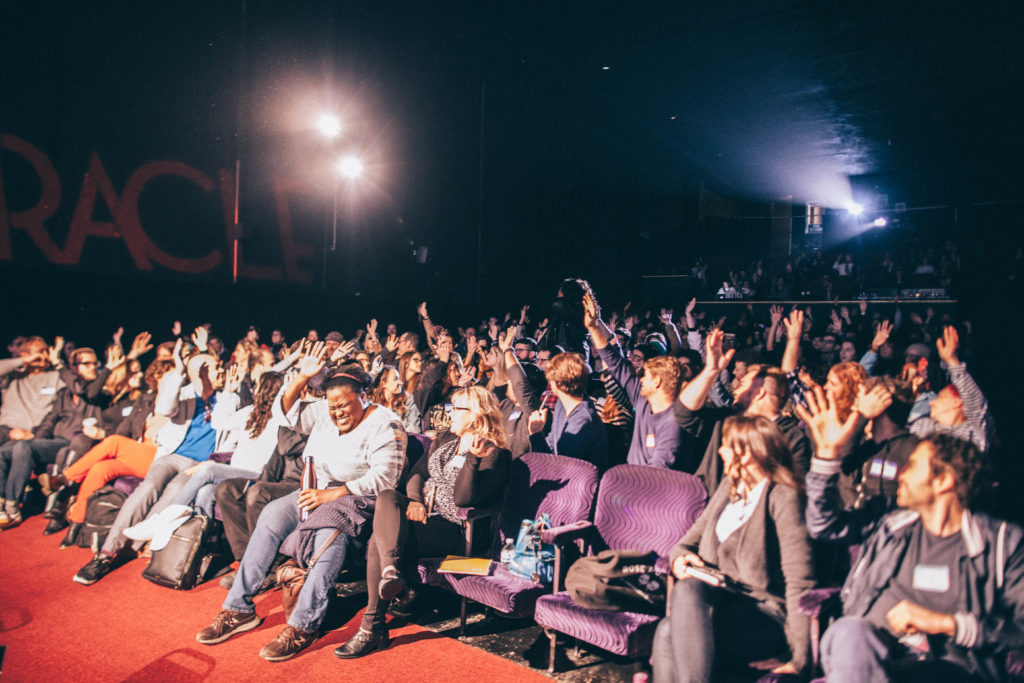
Who are three of the most inspirational people in your life?
David Williams, founder of Karen Health. He has been a mentor, advisor and investor in Seed&Spark since the very beginning. He founded Karen (named after his mother) to improve the outcomes for those who are looked after by family caretakers. His ability to translate his personal experience into a company that changes/saves lives in second to none, and he always makes time to give incredible advice (and somehow also work out every day!).
Cat Pitti Esquivel. We went to high school together and lost touch for a while, and regained it recently through social media. She has four children, a husband in the navy, still managed to get her masters in social work while dealing with new orders every few years that disrupt her family’s life. And she manages to take time to check in with/celebrate her friends. She sent me three children’s books the other day to help my toddlers with a difficult adjustment. I aspire to a heart so big and open (and anyone who can figure out how to feed and clothe 4 growing kids on a daily basis, you are my hero.)
My co-founder Blessing Yen. She has a diligence, grace and capacity in her work I don’t know I have ever seen before and probably won’t see again. I’m constantly in awe of how her brain works!
The inaugural Impact Accelerator cohort is in several industries, but have you noticed any similarities? Or another fellow you have seem to have synchronicities with?
It’s the most remarkable group of people I’ve ever been so closely associated with (other than my Seed&Spark team!). Ivelyse and I both work in equity, access and inclusion so even though she’s in health and I work broadly in “culture” our companies and challenges seem to have a lot of similarities. One of the best things about the diversity of the accelerator program is how much I am learning that I didn’t expect and probably never would have otherwise.
When travel resumes post-COVID-19, where are you going on vacation? Or where do you first want to go, even if not vacation?
I want to go to Maine and see my dad!
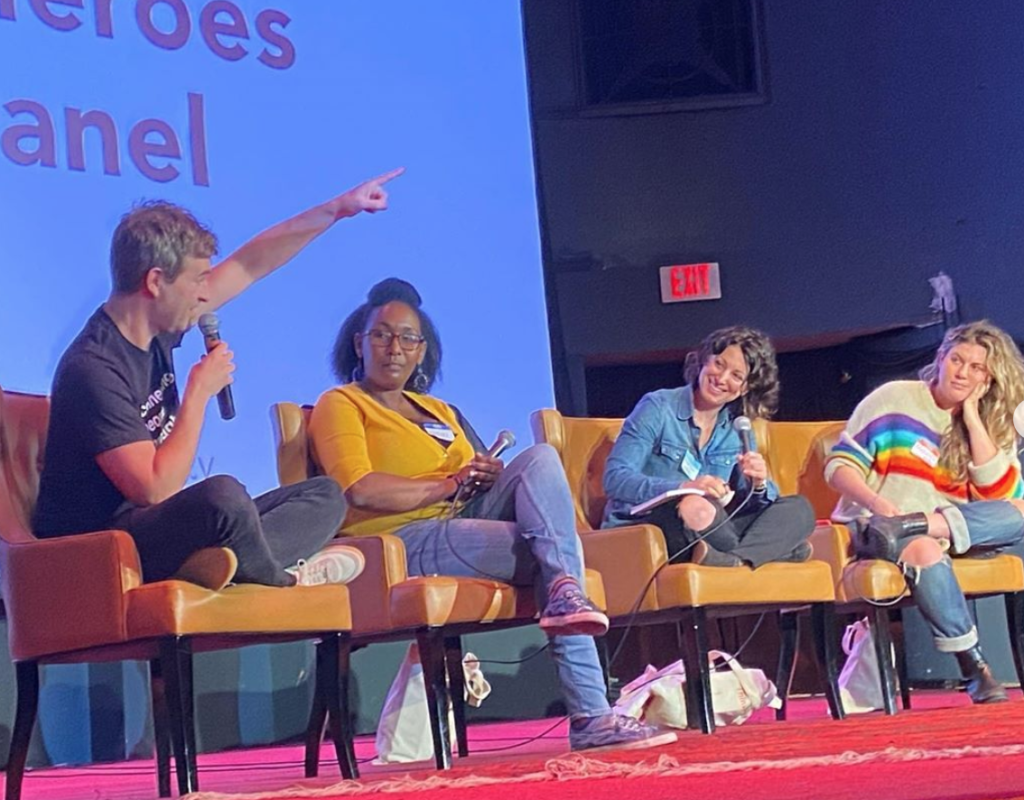
Is there a book or movie that has influenced you in your entrepreneurial journey?
When I was very first starting out and trying to help people understand my vision for a whole new ecosystem for independent creators, people would constantly tell me I was “unfocused.” And in my head I thought: I’m not unfocused, you lack vision! I was reading The Lean Startup like a good student and there is a story in there about how Dropbox couldn’t build an MVP of their idea. It had to be the whole thing or nothing because what they were proposing to create would take so many resources but change the game. And so they made a video about the world in which Dropbox exists. And I was like OMG DUH A VIDEO. I’M LAUNCHING A FILM PLATFORM. So we made this. (It’s ollllld, but still fun.) Also perhaps one of my favorite books of all time is Information Doesn’t Want to be Free by Cory Doctorow.
Ok one more: Leapfrog Hacks by fellow Nexus member Nathalie Molina Niño!
Given what you know now, what would you tell your younger self when you first started this company?
Pace yourself. Celebrate your each win but rest on no laurel. No deal is done until the money is in the bank. Lead with your heart and humanity and anyone who tells you differently is not your people.


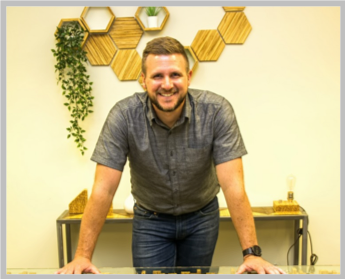
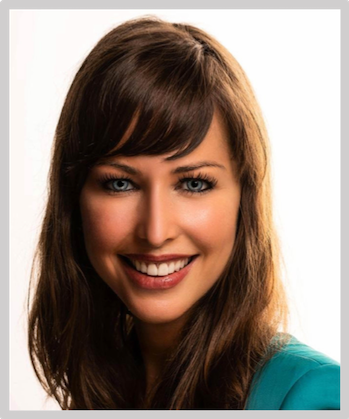
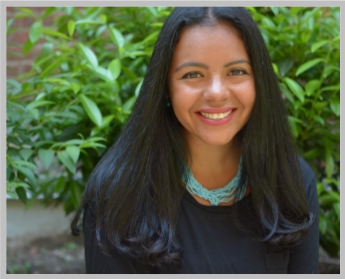

Recent Comments